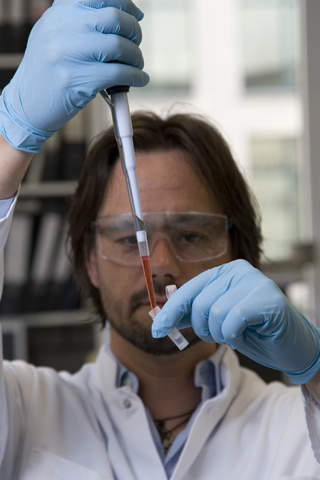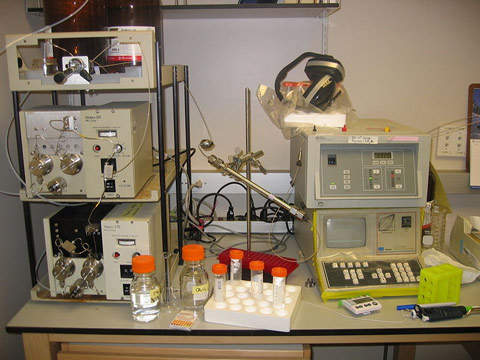Quay Pharma, a UK-based pharmaceutical outsourcing company, is relocating operations from its current facility in Bromborough, Wirral, to a new facility in Deeside, North Wales. The Bromborough facility, which has reached full capacity, has been deemed unsuitable for further expansion and will be closed.
The new facility in Deeside will house a complete range of services, which are currently organised under two different facilities. The Deeside facility was constructed at an approximate cost of £2.5m, which was partly funded by the Welsh Assembly Government. The new facility will create 54 new jobs and safeguard 30 jobs relocated from the old site.
The relocation will be carried out in phases. The initial phase was completed in April 2010 when the departments devoted to analytical method development and formulation development were shifted.
The new facility was successfully re-accredited by the UK Medicines and Healthcare products Regulatory Agency in May 2011. The re-accreditation confirmed the facility’s compliance with good manufacturing practices.
Deeside facility and equipment
Quay Pharma’s new facility measures 40,800ft2 and is approximately four times the size of its Bromborough facility, which accommodates an analytical method development department and a formulation development department.
The Deeside facility houses a larger formulation development department, which has been added to a new pilot lab unit adjacent to the laboratory.
Plans to add new GMP manufacturing suites to the facility are under way. The new suites are expected to begin operations by the third quarter of 2011.
The new facility features state-of-the-art equipment including five Agilent 1050 and 1100 quaternary gradient high performance liquid chromatography (HPLC) systems, a liquid chromatography-mass spectrometry system and a gas chromatography-mass spectrometry system with a Varian 3800 GC and Varian Saturn 2000 ion trap mass spectrometer.
A Thermo Scientific Nicolet and Avatar 370 FT-IR spectrometer, an HP 5890 Series II Flame Ionization Detector for gas chromatography, a Metrohm DL18 Volumetric Karl Fischer Titrator, an HP G1103A Diode Array UV Spectrometer and three dissolution testing systems are also installed within the facility.
The Deeside facility also includes an Erweka two-station disintegration tester, a Ubiquitin Specific Peptidase 4 (USP4) flow-through dissolution apparatus, a Metrohm 780 pH meter, a tablet hardness tester, a tablet friability tester and a Logan tap density tester.
An advanced ion chromatography system has been installed to support projects that require specialist analytical capabilities.
Deeside production details
Quay Pharma’s new facility will conduct initial-stage R&D, formulation development, novel drug delivery design, analytical method development and clinical trials for the pharmaceutical and biotechnology industries.
In particular, the facility will boost the expertise of Quay Pharma in designing and developing oral dosage forms, especially for chemical entities characterised with poor solubility and bio-availability.
The new pilot lab in the formulation development department will offer capabilities for early stage work, using standard techniques including tableting, coating and capsule filling. It will also support complex processes including extrusion spheronisation, semi-solid and liquid filling and banding of capsules.
Before full manufacturing begins, the facility will undertake scale-up to production and offer proof-of-concept studies and samples to conduct pharmacokinetic studies.
The facility will handle projects involving compounds that are transparent to ultraviolet light. Such compounds make it impossible to assay drug substances using typical HPLC-equipped with ultraviolet detection.
The first two such projects undertaken by the facility will include drug development for extreme neurological disorders, and a cationic drug and its degradation products measurement using conductivity detection.
The neurological disorder drug development project that will be delivered for a leading France-based biopharmaceutical company will involve the usage of pulsed amperometric electrochemical detection. Extremely low sugar levels in a combination drug can be monitored via a pulsed amperometric electrochemical detection.
The second project will be delivered for a new pharmaceutical company based in the UK.






